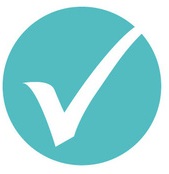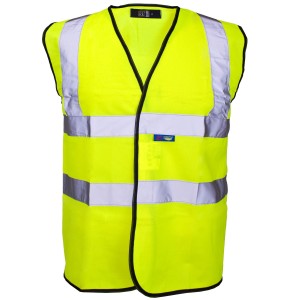 Taking the guesswork out of common SME topics so you can get it “right first time”.
Taking the guesswork out of common SME topics so you can get it “right first time”.
This month we take a look at some other very common types of expenditure: home office, uniform and protective clothing expenses.
One fine, sunny morning I was with my children at the local playground when I met Rika, a friend of mine who is an IT consultant. She has her own consultancy business (sole trader) and was wanting to know which expenses she can claim in her accounts. Here’s our conversation:
Rika: I often do work from home, just sitting on the couch with my laptop and phone. Can I claim home office expenses?
Me: Yes, you can. Many people use an area of their family home for work purposes. Do you have an area in the house which you have specifically set aside for your business or as your office?
Rika: No I don’t, I’m afraid. I just sit wherever I’m comfortable and work.
Me: In that case the apportionment of home office expenses will have to be worked out based on the amount of time spent on the income earning activity (i.e. your consultancy work) and the total area used at home. This would mean keeping a log of the time spent on work-related activities.
On the other hand, if you have a specific area in the house set aside for business purposes then you can make a claim for that area if you keep a full record of all the expenses you wish to claim. You can only claim the expenses related to the work area – no domestic or private expenses are claimable. Work out the area of the room/office in m2 and divide by the total area of the house in m2. This will give you the home office apportionment. The expenses you are permitted to claim are the home office portion of:
- Rates
- Water rates
- Home insurance
- Mortgage interest or rent
- Power
Plus all of the following:
- Repairs and maintenance that relate to the work area
- Contents insurance that relates to the work area
The IRD is coming up with a new method for calculating home office expenses, which will be applicable for the 2017-18 income years onwards. This method will use rates determined by the IRD in a similar way to mileage rates, and be based on the average cost of utilities per m2.
Rika: Ok. What about our home phone and broadband? I use these for work regularly.
Me: You can claim a deduction for the line rental of your home phone at 50% if your home is the main centre of your business. Look at each invoice and use a highlighter to mark the business-related toll calls. These can then be claimed at 100%. Remember, no deduction is allowed for private calls.
Home broadband costs are generally treated as private and not claimable. However, since you use the broadband for work you will have to calculate the portion of claimable internet expenditure. The calculation will depend on your internet plan. The calculation should be fair and reasonable and proper records must be kept.
 Rika: That sounds like a lot of work. I don’t think it will be worth it really. I might just end up leaving the broadband expenses as I only use internet to send and receive emails.
Rika: That sounds like a lot of work. I don’t think it will be worth it really. I might just end up leaving the broadband expenses as I only use internet to send and receive emails.
While I’ve got you here, I do have another question. I also wanted to know if I could claim all of the expenses for the clothing I’ve purchased. Because I need to look professional, I have bought some business suits, shoes, new spectacles and other corporate clothing items. Surely I should be able to claim these, since I go to a lot of conferences and business meetings?
Me: Unfortunately no, Rika. Work clothing can only be claimed if it is a uniform and clearly advertises your business, i.e. has a logo or brand name displayed on it. Protective clothing can be claimed if these are for health and safety, such as protective eye wear, helmets, gloves, hi-vis or water proof clothing. Items such as spectacles, business suits, dry cleaning costs, makeup and haircuts cannot be claimed as work expenses.
Rika: Oh, that’s a shame! Well, thank you so much for your help.
Me: My pleasure, Rika. Remember, when in doubt, speak to your friendly accountant!
